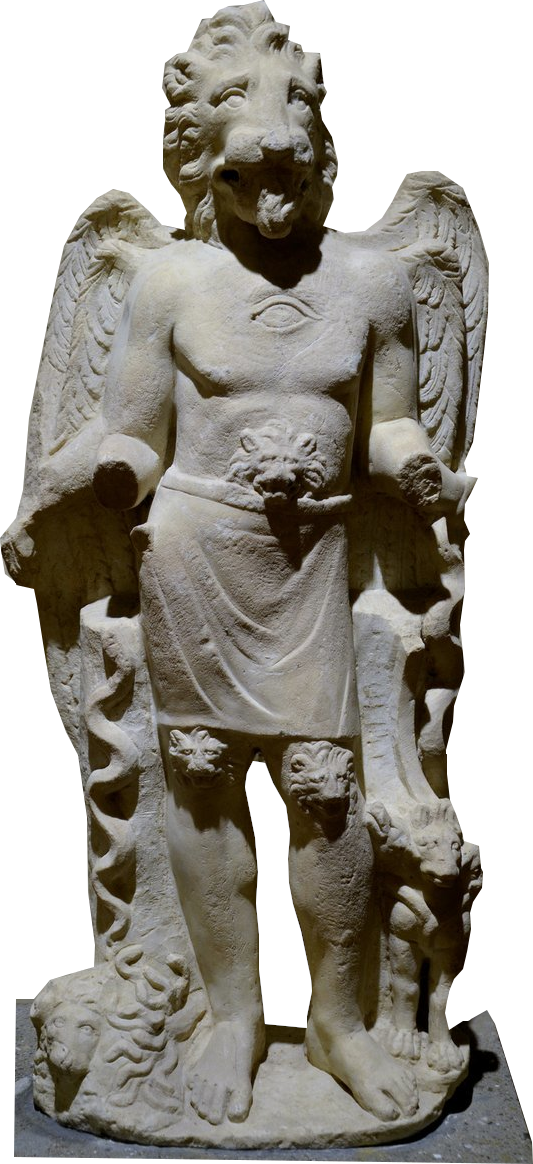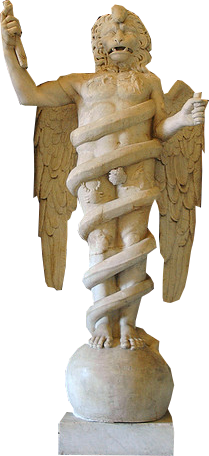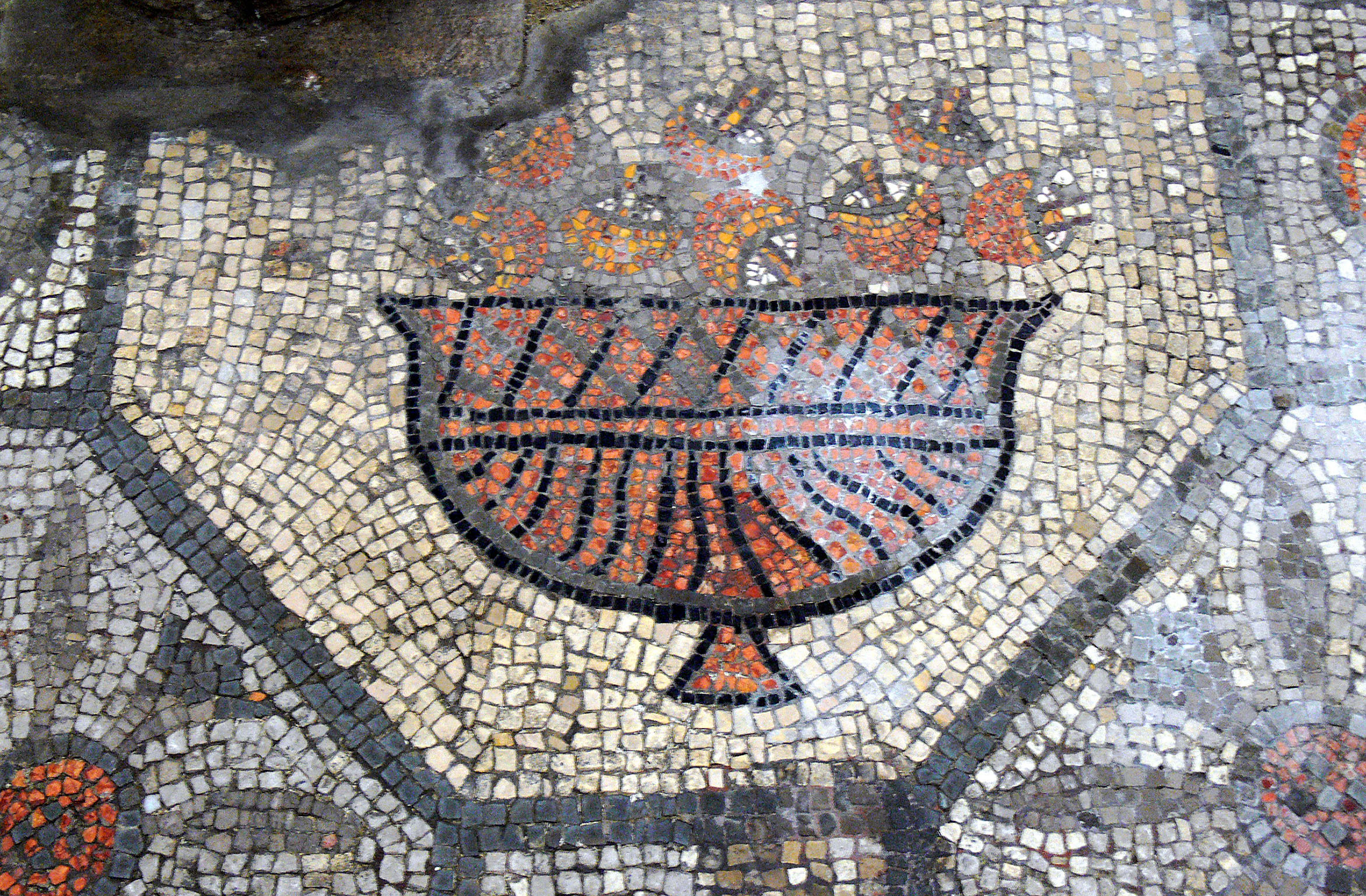Ancient Psychedelia: Alien Gods & Mushroom Goddesses
Online Book - Chapter 14, Page 271
Back to Online Book Mainpage / Next Page (Chapter 14, Page 272)
| The worshipers of Mithra were never a real problem in Rome until the end of the first century AD as more and more of the upper classes invested themselves in the rites and ceremonies and soon it was receiving support from the highest officials of the State. During the third and fourth centuries, the worship of Mithra became by far the most popular and influential religion in Rome. (65) The Temples of Serapis, Mithra, Asclepius, and their followers, were the biggest threats to emerging Christianity. When the Christians in the Roman territories first adopted the idea of the character of Jesus, his dying god-resurrected son past, as Tammuz-Dionysus, before Rome allowed Christianity, Mithra was transforming under Roman authoritarian and fascist rule into a solar deity, the SUN of God, or God’s SUN. The “Son of the Mother,” the ever dying and resurrecting mushroom of mother earth and cow, became the “Sun of God” in the sky, the male born from the Father God, Zeus. In my estimation it was not the worship of Dionysus in particular or Mithraism, or even Asclepius, which were the worst in Rome’s opinion and needed to be eliminated, it was that they all constituted a legitimate threat to any emerging Roman state religion, so therefore, what Rome had to do was to create a cosmopolitan religion which would incorporate all of the previous held qualities that were most important from all the various religions. The past 300 years in Rome had helped to slowly eliminate the qualities thought most combative or destructive to its citizens, and over this same time the citizenry had been slowly conditioned to accept more and more authority and less and less promiscuity. Sexual liberation had all but ended with the vast majority of orgies or ceremonial “after-parties” eliminated or severely cut down on and only the wealthy elite continued to engage in radical debauchery behind the scenes. Anyone else caught having too much fun was strictly dealt with. By usurping the identity of several figures including the Hebrew Messiah, the Christic identity of the Gnostics, the healer Asclepius and the solar identity that had now been established with Mithra and Helios, Rome could create a tripartite and cosmopolitan religion which would include most of the previous “pagan” pantheon, consolidated into three “Holy” characters, the Father, Son, and Holy Ghost. A figure of Zervan Akarana, a Lion-headed, eagle-winged deity, with a serpent wrapped around his body spiraling upwards and a thunderbolt on his chest was excavated from the ruins of a Mithra temple in the Roman port of Ostea with a dedication in 190 AD, by C. Valerius and his sons. In one hand he holds a key and in the other a scepter. Zervan Akarana was a synthesis of Zeus and the prototype for Mithra as a solar deity, removed from his earlier mushroom persona. He may have also been an incorporation of Aesculapius as well since there is a caduceus near the inscription on the bottom. (66) |
Another similar statue, discovered in 1933 on the ruins of the Alban Villa of Domitianus, had Zervan with a snake on both sides instead of wrapped around the body, and an “third eye” in the center of the chest instead of a thunderbolt (26e). L: (26e) Zervan Akarana. Discovered near Alban Villa of Domitian   R: (26f) Zervan Akarana The attack on the Temples of Mithra occurred in Rome c. 376-377 AD. The Mithra baths at Ostia were destroyed and the Ostian Mithraeum was set on fire. In Rome, Santa Prisca was sacked, statues were mutilated, and paintings defaced with knives and by about 390 AD, there was not much left of the various Mithraic temples. (67) The Basilica of Aquileia is dated to approximately 313 AD, and displays perhaps the oldest imagery of mushrooms by the early Catholic Church (66e). It cannot be clear exactly what type of mushrooms these are, but some reputable scholars suggest A. muscaria. The Basilica of Aquileia was one of the first, if not the very first “sanctioned” Christian church. (68)  (66e) Basilica Aquileia, Italy c. 1030 AD (65) ibid, p. 487; Carter, Religious Life, pp. 87-88 (66) Occidental Mythology, p. 262-63; Cumont, the Mysteries of Mithra, p. 105. Fig. 24 is from Cumont Textes et monuments figures, Vol. II, p. 238. fig. 68 (67) Cults of the Roman Empire, p. 245-46 (68) The Psychedelic Gospels: The Secret History of Hallucinogens in Christianity, Julie M. Brown and Jerry B. Brown, Park Street Press, 2016. p. 174-76 |
Go Back to Page 270